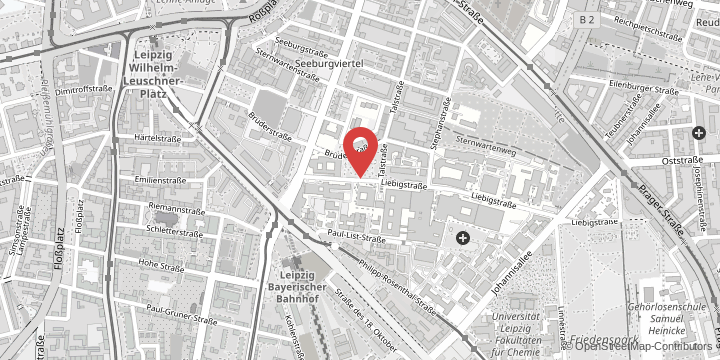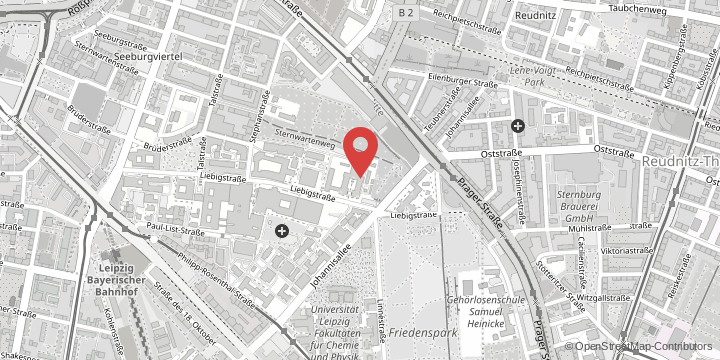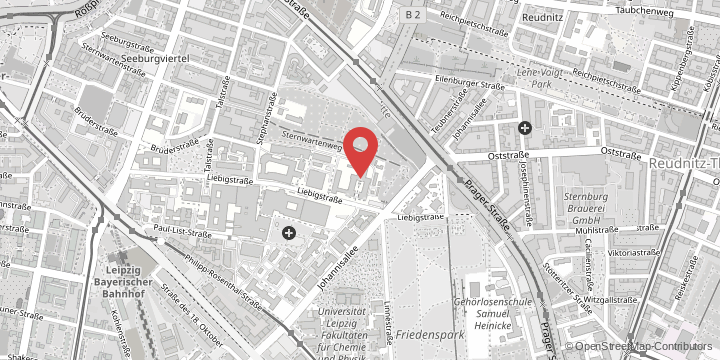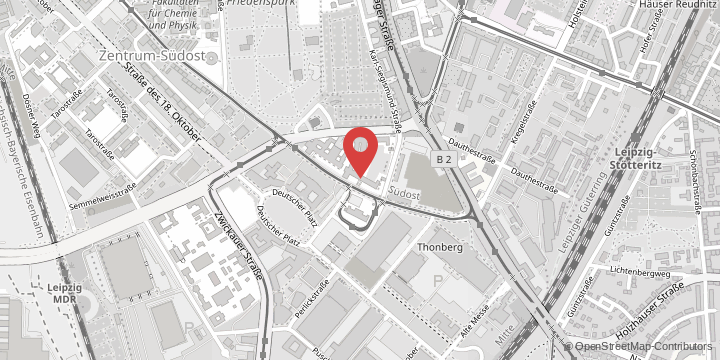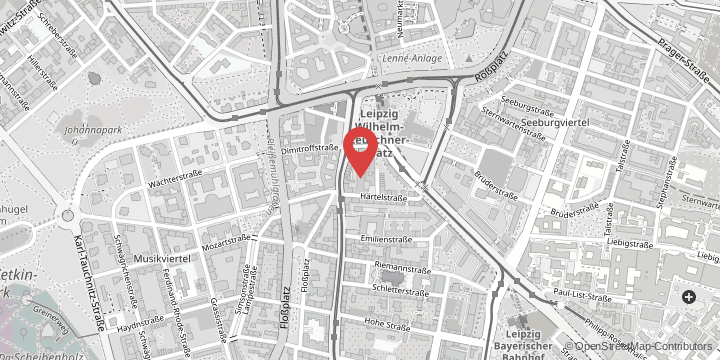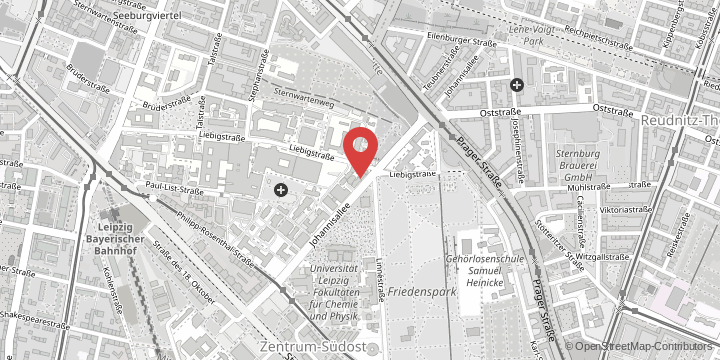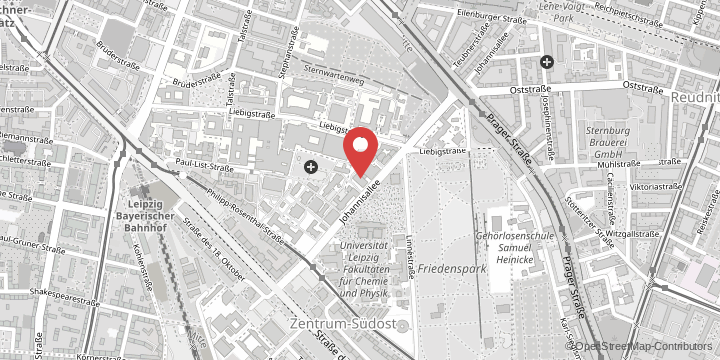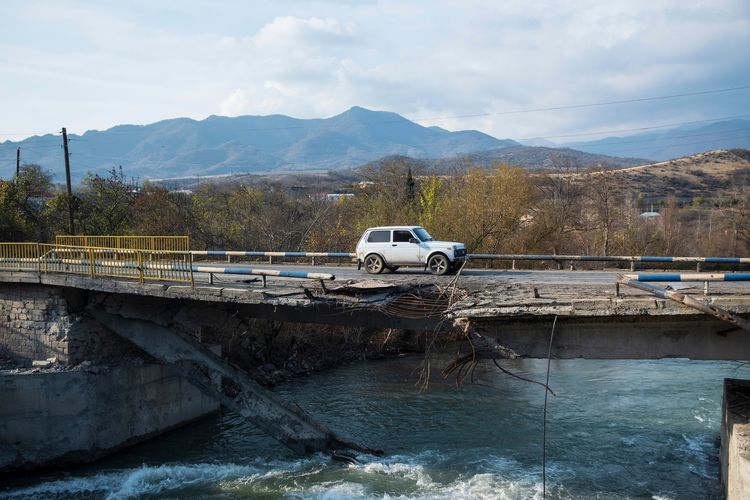The clashes beginning on 27 September between the Armenian and Azeri forces suddenly ended in an unexpected ceasefire on 10 November 2020. The agreement aims to completely redraw the map of the region and shift the power balance in favour of the Azeri and their supporters. Although it was one of the most important geopolitical change of our days, there are contradictionary reports in the media about the exact effects of the agreement – we try to clarify the situation in this blog post. During the course of the analysis we also reflect on the Hungarian aspects and parallels related to this conflict.
The theatre of the autumn war used to be called Nagorno-Karabakh (Nagorno meaning mountain) or the Republic of Artsakh, although they are not equivalent, and the original Karabakh covered a much larger territory in the eastern neighbourhood of present-day Armenia between the rivers Kura and Aras. Nagorno-Karabakh was the mountainous middle part of this region, and in the Soviet era, the autonomous oblast (region) with the same name covered an even smaller subregion, the central and the south-eastern part of the mountainous terrain, belonging to Azerbaijan but with an Armenian ethnic majority. This meant that the autonomous oblast was not directly neighbouring Armenia; a strip with an Azeri majority separated it from the Armenian Soviet Socialist Republic. The capital of the Republic of Artsakh is Stepanakert (Qanqendi in Azeri), with a population of approximately 45,000 inhabitants.
In the decades following the dissolution of the Soviet Union, several military conflicts erupted, mainly based on ethnic disputes (Abkhazia, Transnistria and South Ossetia) – most of them soon developed into so-called frozen conflicts. In an online workshop about Karabakh on 13 November 2020, Tamás Ádány, a professor of the International Law Faculty of Pázmány Péter Catholic University, pointed out that since the middle of the twentieth century it is very hard to launch wars that end in an internationally recognized “lawful” territorial change. It is only possible as the result of self-defence or by a resolution of the United Nations Security Council – so it is not a surprise that those post-Soviet territorial changes have not been recognized internationally, resulting only in de facto independent states.
The international politics of the last decades have been influenced not only by the invulnerability of borders, but by the right of nations to self-determination, which has advanced the ethnic point of view. Besides this – like in the case of many other conflicts – the rivals involved the Karabakh conflict tried to prove their territorial claims using the “who was here first” arguments, resulting in “competing nationalisms”. It is not surprising during the 6-week war in 2020 that the symbolism of different memes and pictures gained overwhelming importance during the informational warfare. The Armenians aimed at mobilizing the international public for their cause. In the first days of the war, the efforts concentrated on international recognition of the quasi-state, the Republic of Artsakh, with the later goal of moving to boycott Azerbaijan and its main supporter, Turkey, while emphasizing the Armenian role in the international struggle against terrorism (and highlighting the role of Syrian mercenaries on the Azeri side). Certainly, there were messages that tried to underscore Armenian “cultural superiority”. Meanwhile, the Azeri side, due to their significantly smaller lobby force, did not really try to arouse directly international public sympathy. Instead, they tried to mobilize their citizens and military forces – even with patriotic heavy metal.
The original version of this article was published on the Telex news portal in December 2020 by the editors of a Hunagrian geographical blog site, called Pangea.










